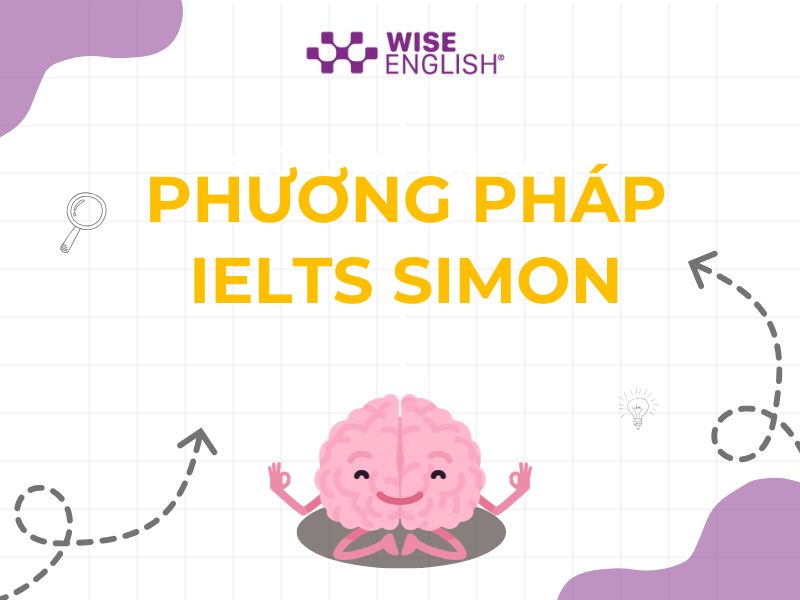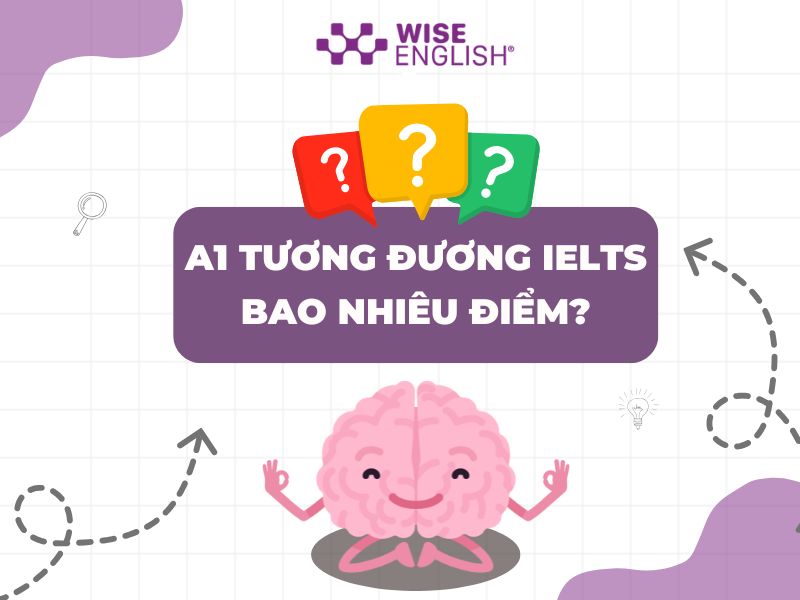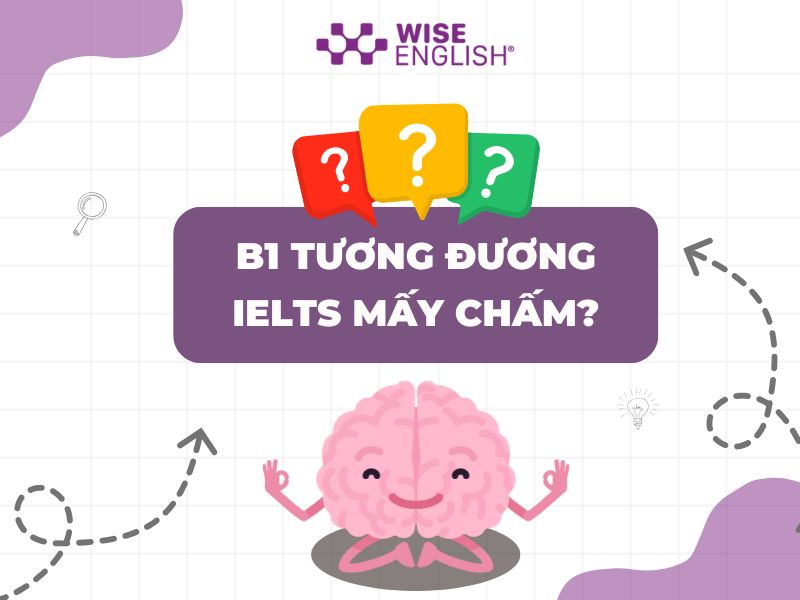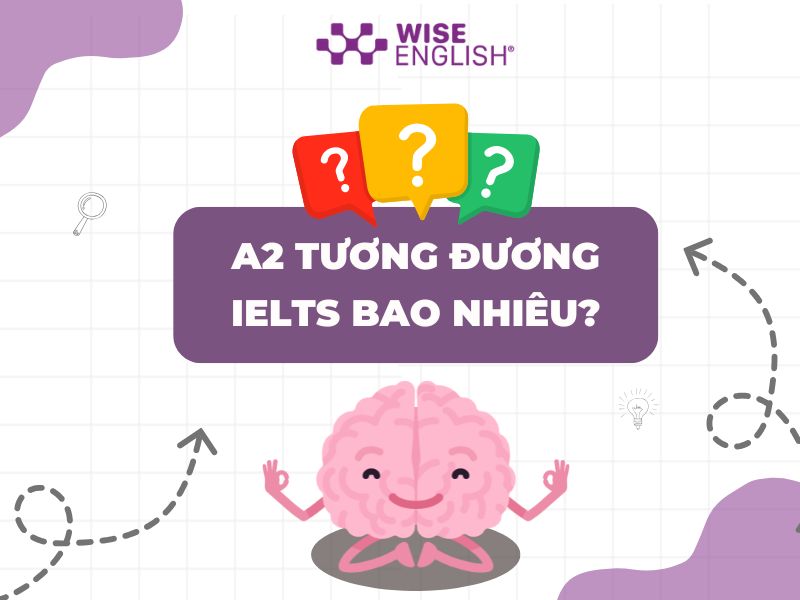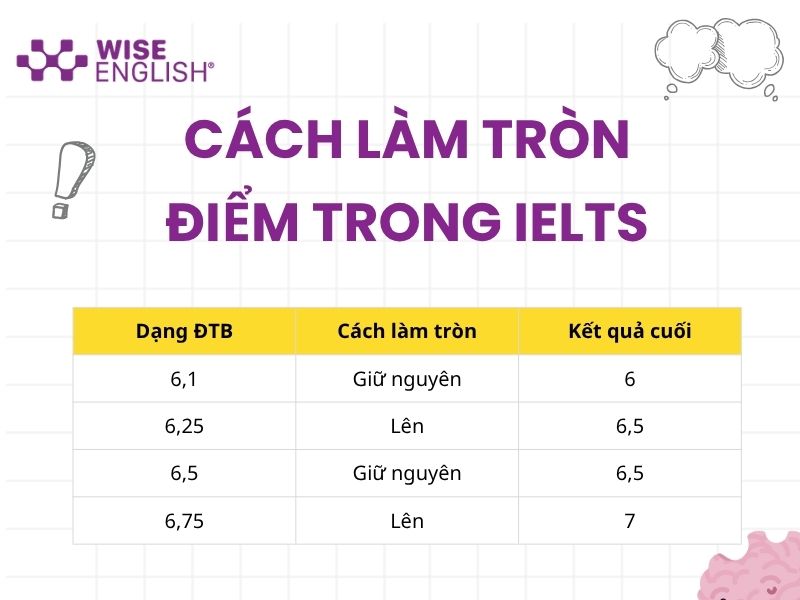Reading là một trong những bài tối quan trọng trong IELTS Exams, nếu các bạn muốn đạt điểm cao trong phần này thì việc luyện tập thường xuyên là điều bắt buộc. Nhưng các bạn đừng lo WISE English sẽ giúp các bạn sưu tập, phân tích và giải các bài Reading trong sách Cambridge (bộ sách thường được dùng để ra đề nhiều nhất).
Dưới đây là bài The Lost City trong cuốn Cambridge IELTS Test 12 – Test 2 – Passage 2, WISE sẽ giúp bạn phân tích đưa ra đáp án và giải thích chúng.
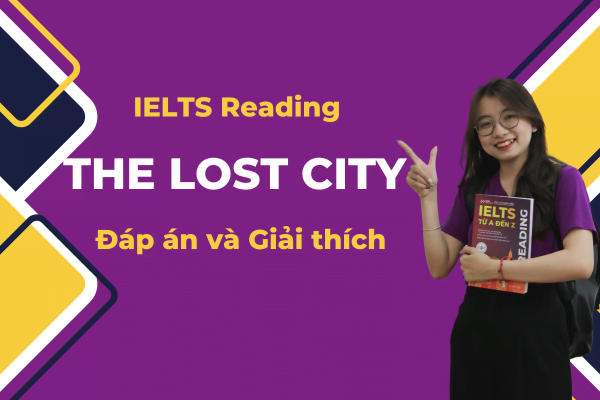
Xem thêm:
CÁCH LÀM TRUE FALSE NOT GIVEN CHUẨN CHỈ VỚI 3 BƯỚC VÀ CÁC LỖI SAI NÊN TRÁNH
I. ĐOẠN VĂN GỐC BÀI READING THE LOST CITY IELTS
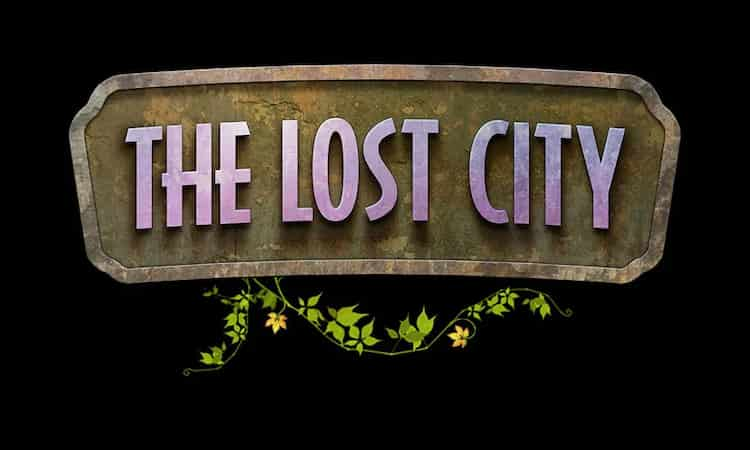
IELTS Exam Training Courses
Academic Reading Passage 2: The Lost City
An explorer’s encounter with the ruined city of Machu Picchu, the most famous icon of the Inca civilisation
1. Đoạn văn gốc của đề The Lost City IELTS Reading
A
When the US explorer and academic Hiram Bingham arrived in South America in 1911, he was ready for what was to be the greatest achievement of his life: the exploration of the remote hinterland to the west of Cusco, the old capital of the Inca empire in the Andes mountains of Peru. His goal was to locate the remains of a city called Vitcos, the last capital of the Inca civilisation. Cusco lies on a high plateau at an elevation of more than 3,000 metres, and Bingham’s plan was to descend from this plateau along the valley of the Urubamba river, which takes a circuitous route down to the Amazon and passes through an area of dramatic canyons and mountain ranges.
B
When Bingham and his team set off down the Urubamba in late July, they had an advantage over travellers who had preceded them: a track had recently been blasted down the valley canyon to enable rubber to be brought up by mules from the jungle. Almost all previous travellers had left the river at Ollantaytambo and taken a high pass across the mountains to rejoin the river lower down, thereby cutting a substantial corner, but also therefore never passing through the area around Machu Picchu.
C
On 24 July they were a few days into their descent of the valley. The day began slowly, with Bingham trying to arrange sufficient mules for the next stage of the trek. His companions showed no interest in accompanying him up the nearby hill to see some ruins that a local farmer, Melchor Arteaga, had told them about the night before. The morning was dull and damp, and Bingham also seems to have been less than keen on the prospect of climbing the hill. In his book Lost City of the Incas, he relates that he made the ascent without having the least expectation that he would find anything at the top.
D
Bingham writes about the approach in vivid style in his book. First, as he climbs up the hill, he describes the ever-present possibility of deadly snakes, ‘capable of making considerable springs when in pursuit of their prey’; not that he sees any. Then there’s a sense of mounting discovery as he comes across great sweeps of terraces, then a mausoleum, followed by monumental staircases and, finally, the grand ceremonial buildings of Machu Picchu. ‘It seemed like an unbelievable dream the sight held me spellbound ’, he wrote.
E
We should remember, however, that the Lost City of the Incas is a work of hindsight, not written until 1948, many years after his journey. His journal entries of the time reveal a much more gradual appreciation of his achievement. He spent the afternoon at the ruins noting down the dimensions of some of the buildings, then descended and rejoined his companions, to whom he seems to have said little about his discovery. At this stage, Bingham didn’t realise the extent or the importance of the site, nor did he realise what use he could make of the discovery.
F
However, soon after returning it occurred to him that he could make a name for himself from this discovery. When he came to write the National Geographic magazine article that broke the story to the world in April 1913, he knew he had to produce a big idea. He wondered whether it could have been the birthplace of the very first Inca, Manco the Great, and whether it could also have been what chroniclers described as ‘the last city of the Incas’. This term refers to Vilcabamba the settlement where the Incas had fled from Spanish invaders in the 1530s. Bingham made desperate attempts to prove this belief for nearly 40 years. Sadly, his vision of the site as both the beginning and end of the Inca civilisation, while a magnificent one, is inaccurate. We now know that Vilcabamba actually lies 65 kilometres away in the depths of the jungle.
G
One question that has perplexed visitors, historians and archaeologists alike ever since Bingham, is why the site seems to have been abandoned before the Spanish Conquest. There are no references to it by any of the Spanish chroniclers – and if they had known of its existence so close to Cusco they would certainly have come in search of gold. An idea which has gained wide acceptance over the past few years is that Machu Picchu was a moya, a country estate built by an Inca emperor to escape the cold winters of Cusco, where the elite could enjoy monumental architecture and spectacular views. Furthermore, the particular architecture of Machu Picchu suggests that it was constructed at the time of the greatest of all the Incas, the emperor Pachacuti (1438-71). By custom, Pachacuti’s descendants built other similar estates for their own use, and so Machu Picchu would have been abandoned after his death, some 50 years before the Spanish Conquest.
>>> Xem Ngay 7 Chiến Lược Làm Bài Reading IELTS Nhanh Và Hiệu Quả Nhất
2. Câu hỏi của The Lost City IELTS Reading
Questions 1-7 Reading Passage has seven paragraphs, A-G.
Choose the correct heading for each paragraph from the list of headings below.
Write the correct number, i-viii, in boxes 1-7 on your answer sheet.
1 Paragraph A
2 Paragraph B
3 Paragraph C
4 Paragraph D
5 Paragraph E
6 Paragraph F
7 Paragraph G
| List of Headings | |
| i | Different accounts of the same journey |
| ii | Bingham gains support |
| iii | A common belief |
| iv | The aim of the trip |
| v | A dramatic description |
| vi | A new route |
| vii | Bingham publishes his theory |
| viii | Bingham’s lack of enthusiasm |
Questions 8-11
Do the following statements agree with the information given in Reading Passage?
In boxes 8-11 on your answer sheet, write
TRUE if the statement agrees with the information
FALSE if the statement contradicts the information
NOT GIVEN if there is no information on this
8 Bingham went to South America in search of an Inca city.
9 Bingham chose a particular route down the Urubamba valley because it was the most common route used by travellers.
10 Bingham understood the significance of Machu Picchu as soon as he saw it.
11 Bingham returned to Machu Picchu in order to find evidence to support his theory.
Một số sách về Reading có thể tham khảo
Questions 12-13
Complete the sentences below.
Choose ONE WORD ONLY from the passage for each answer.
Write your answers in boxes 12-13 on your answer sheet.
12 The track that took Bingham down the Urubamba valley had been created for the transportation of ___________________.
13 Bingham found out about the ruins of Machu Picchu from a _________________ in the Urubamba valley.
Xem thêm:
ĐĂNG KÝ NHẬN MIỄN PHÍ
BỘ SÁCH CẨM NANG TỰ HỌC IELTS TỪ 0 – 7.0+

Đây không chỉ là MÓN QUÀ TRI THỨC, đây còn là CHÌA KHÓA mở ra cánh cửa thành công trên con đường chinh phục tấm bằng IELTS mà chúng tôi muốn dành tặng MIỄN PHÍ cho bạn. Bộ sách được tổng hợp và biên soạn dựa trên kinh nghiệm và kỹ năng chuyên môn của đội ngũ IELTS 8.0+ tại WISE ENGLISH với người chịu trách nhiệm chính là thầy Lưu Minh Hiển, Thủ khoa Đại học Manchester Anh Quốc.
II. Đáp án và giải thích Reading The Lost City IELTS
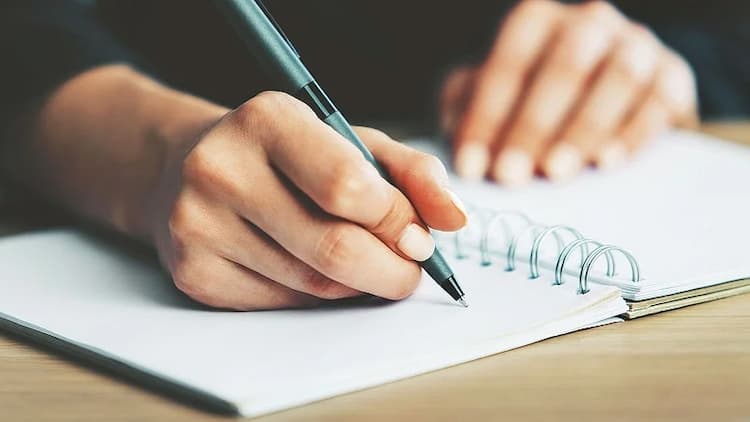
1 Paragraph A – iv The aim of the trip
His goal was to locate the remains of a city called Vitcos, the last capital of the Inca civilisation./Mục tiêu của ông là xác định vị trí tàn tích của thành phố Vitcos, thủ đô cuối cùng của nền văn minh Inca.
2 Paragraph B – vi A new route
a track had recently been blasted/created/built / một con đường được xây dựng gần đây
3 Paragraph C – viii Bingham’s lack of enthusiasm
Bingham also seems to have been less than keen on the prospect of climbing the hill. / Bingham dường như cũng không mấy hào hứng với viễn cảnh leo đồi.
4 Paragraph D – v A dramatic description
Bingham writes about the approach in vivid style in his book./Bingham viết về cách tiếp cận này theo phong cách sống động trong cuốn sách của mình.
5 Paragraph E – i Different accounts of the same journey
His journal entries of the time reveal a much more gradual appreciation of his achievement./Những bài báo của ông vào thời điểm đó cho thấy sự đánh giá dần dần về thành tích của ông.
6 Paragraph F – vii Bingham publishes his theory
When he came to write the National Geographic magazine article that broke the story to the world in April 1913, he knew he had to produce a big idea/Khi đến viết bài cho tạp chí National Geographic và đăng tải câu chuyện này ra thế giới vào tháng 4 năm 1913, ông biết mình phải tạo ra một ý tưởng lớn.
7 Paragraph G – iii A common belief
An idea which has gained wide acceptance over the past few years is that Machu Picchu was a moya,…/Một ý tưởng đã được chấp nhận rộng rãi trong vài năm qua là Machu Picchu là một moya,…
True/False/Not Given
8 Bingham went to South America in search of an Inca city. TRUE
Para A – His goal was to locate the remains of a city called Vitcos, the last capital of the Inca civilisation./Mục tiêu của ông là xác định vị trí tàn tích của thành phố Vitcos, thủ đô cuối cùng của nền văn minh Inca.
9 Bingham chose a particular route down the Urubamba valley because it was the most common route used by travellers. FALSE
Para B – When Bingham and his team set off down the Urubamba in late July, they had an advantage over travellers who had preceded them…Almost all previous travellers had left the river at Ollantaytambo and taken a high pass across the mountains to rejoin the river lower down,…/Khi Bingham và nhóm của anh ấy khởi hành xuống Urubamba vào cuối tháng 7, họ đã có lợi thế hơn những du khách đi trước họ…Hầu hết tất cả những du khách trước đó đã rời sông ở Ollantaytambo và vượt qua những ngọn núi để quay trở lại hạ nguồn,…
10 Bingham understood the significance of Machu Picchu as soon as he saw it. FALSE
Para F – At this stage, Bingham didn’t realise the extent or the importance of the site, nor did he realise what use he could make of the discovery./Ở giai đoạn này, Bingham chưa nhận ra mức độ hoặc tầm quan trọng của địa điểm này cũng như không nhận ra mình có thể mang lại lợi ích gì từ khám phá này.
11 Bingham returned to Machu Picchu in order to find evidence to support his theory. NOT GIVEN
Questions 12-13
Complete the sentences below.
Choose ONE WORD ONLY from the passage for each answer.
Write your answers in boxes 12-13 on your answer sheet.
12 The track that took Bingham down the Urubamba valley had been created for the transportation of rubber.
a track had recently been blasted down the valley canyon to enable rubber to be brought up by mules from the jungle./một con đường được xây nên tạo một con đường xuống thung lũng tạo điều kiện để những con la vận chuyển cao su từ rừng.
13 Bingham found out about the ruins of Machu Picchu from a farmer in the Urubamba valley.
His companions showed no interest in accompanying him up the nearby hill to see some ruins that a local farmer, Melchor Arteaga, had told them about the night before./Bạn bè của anh ta cảm thấy không có hứng thú với việc đi cùng Bingham đến những tàn tích mà một nông dân địa phương, Melchor Arteaga, đã kể họ nghe từ đêm hôm trước.







